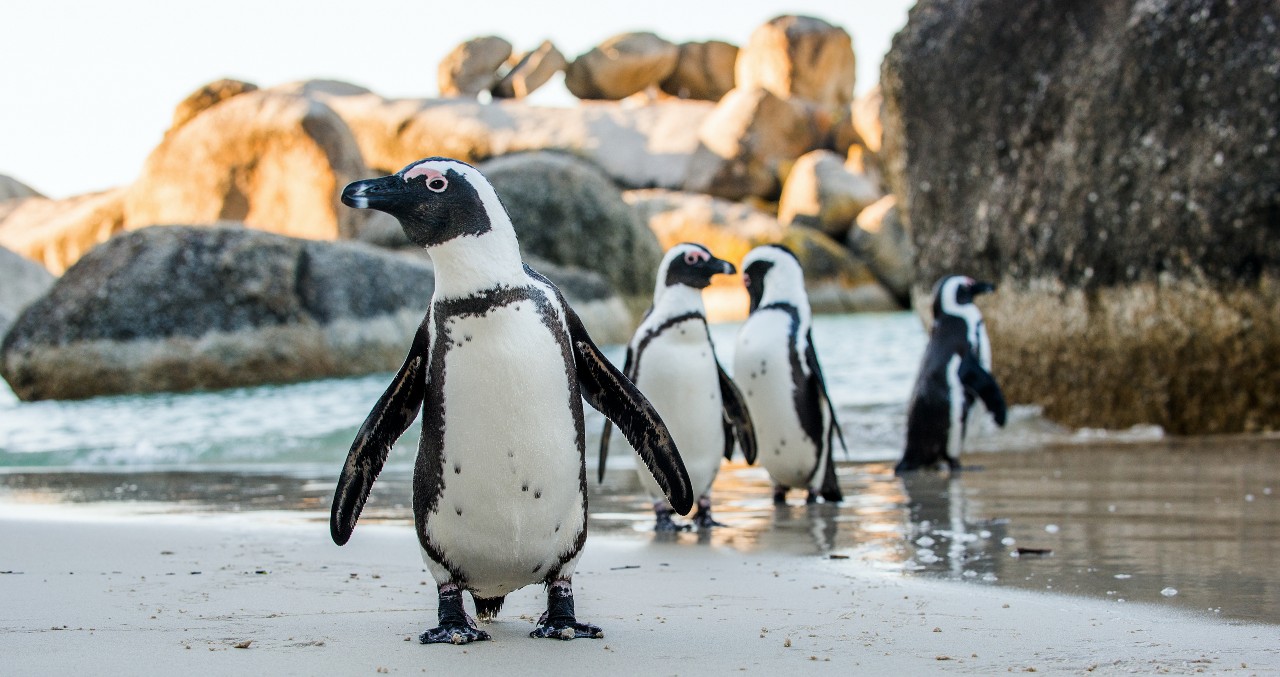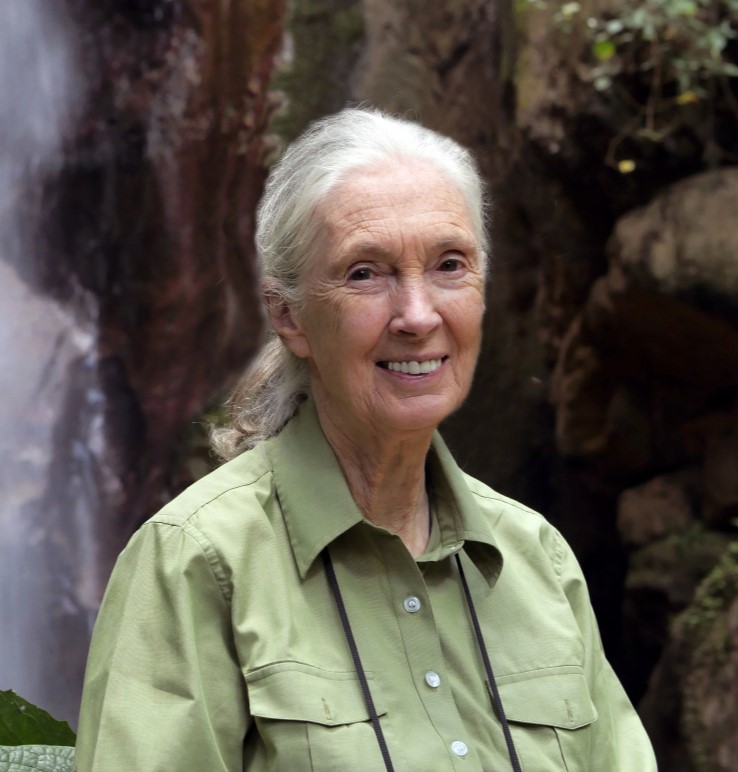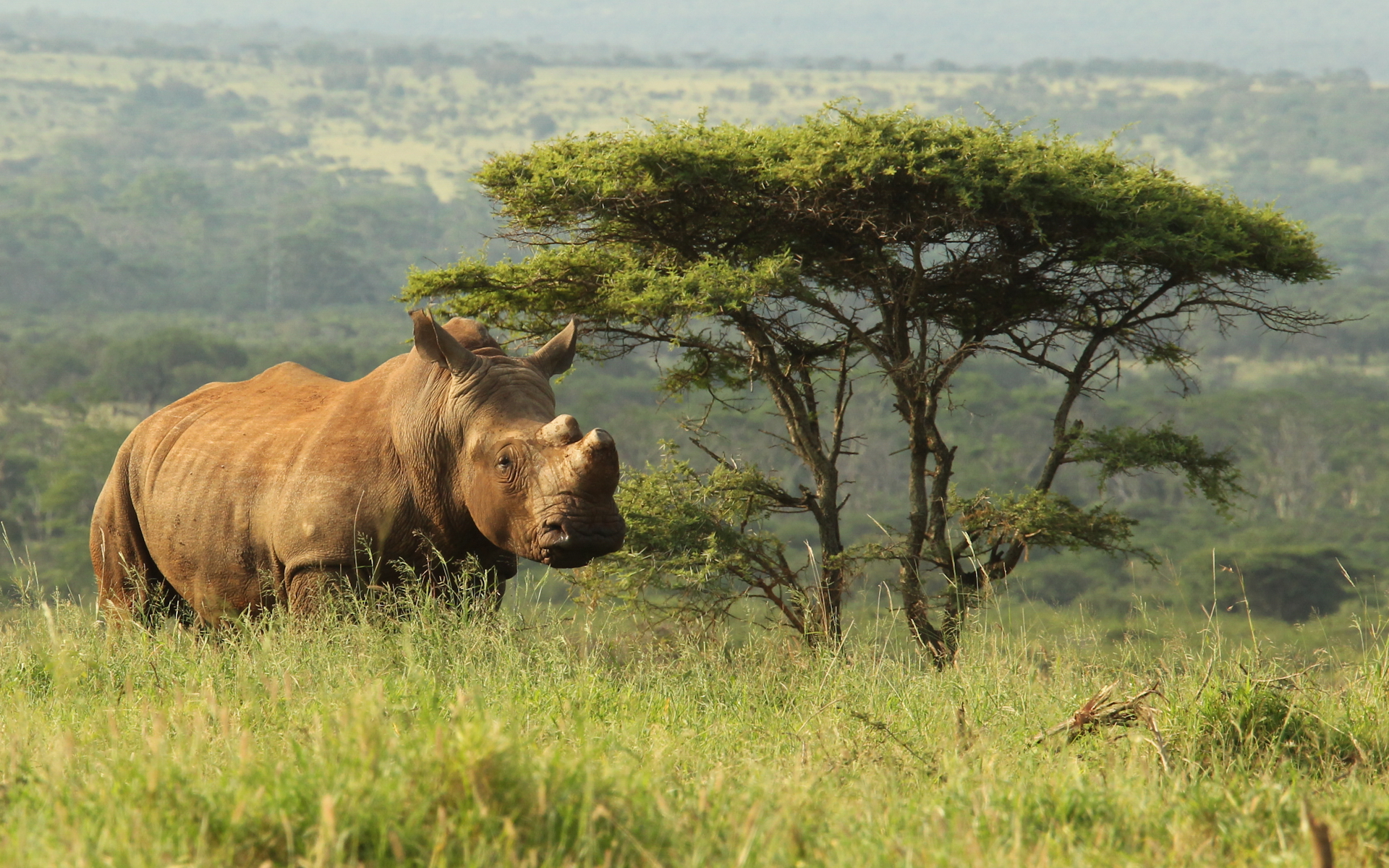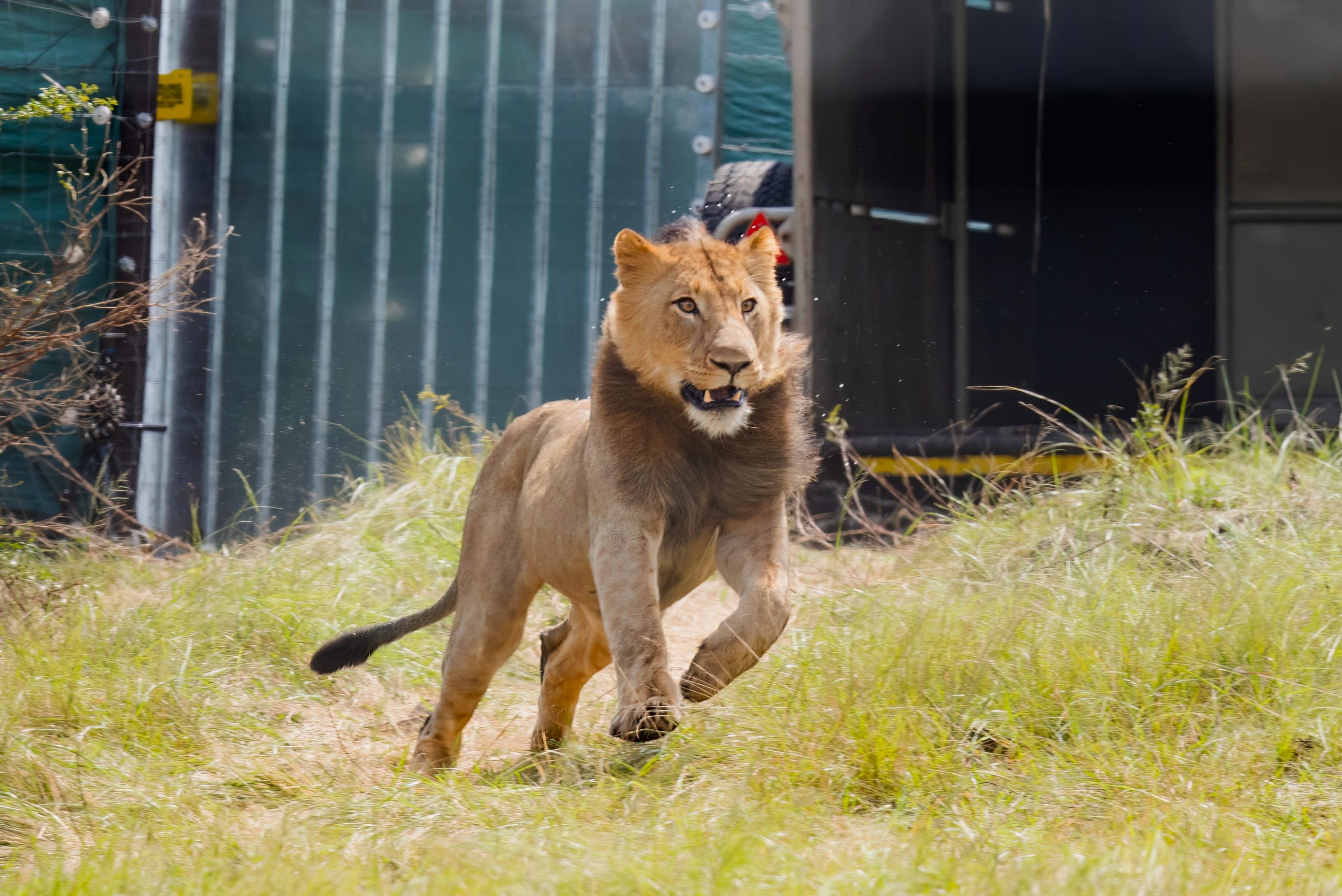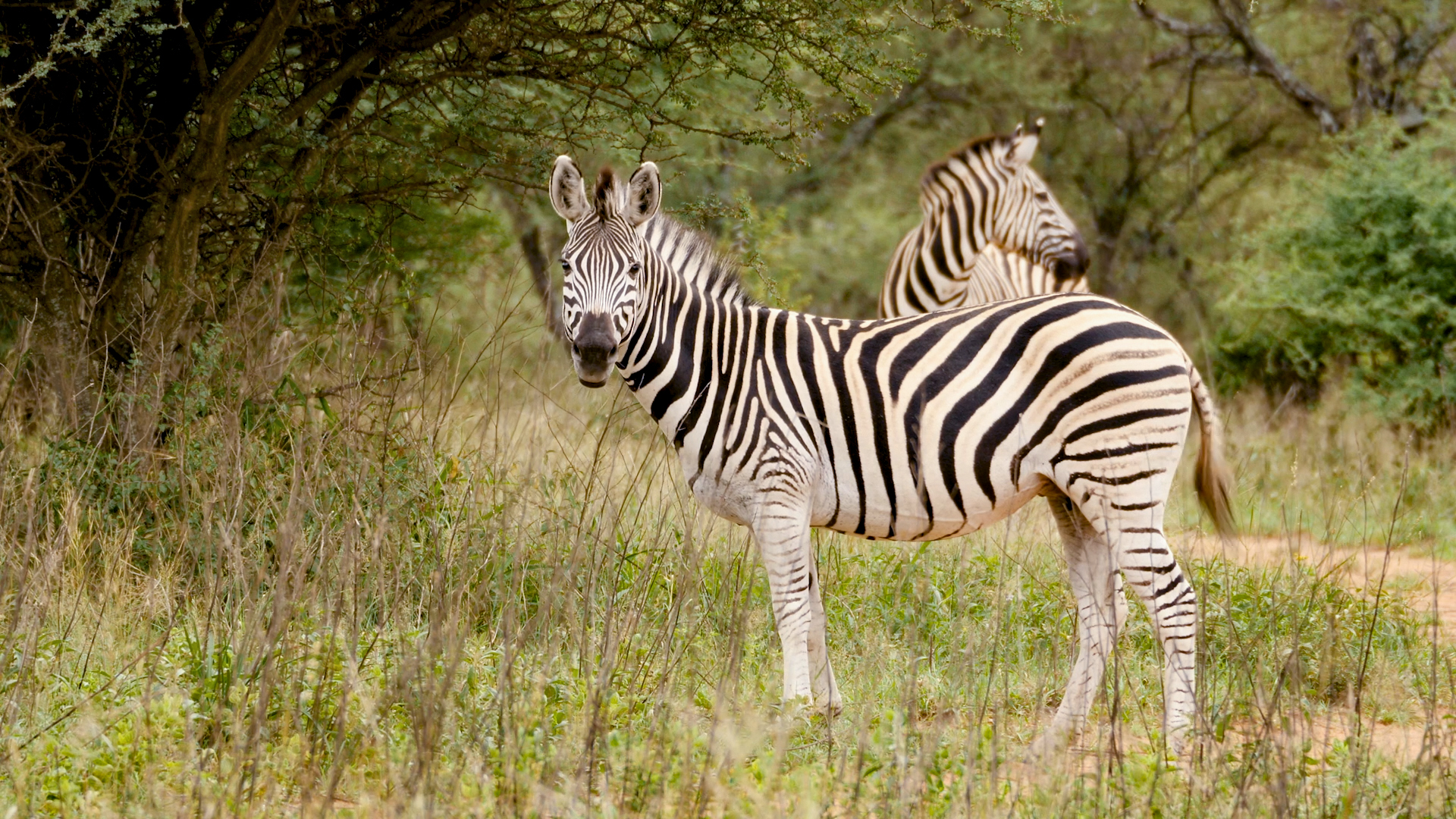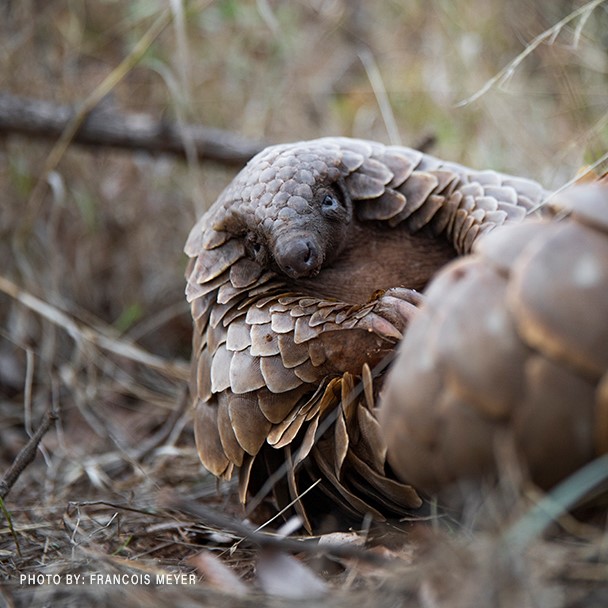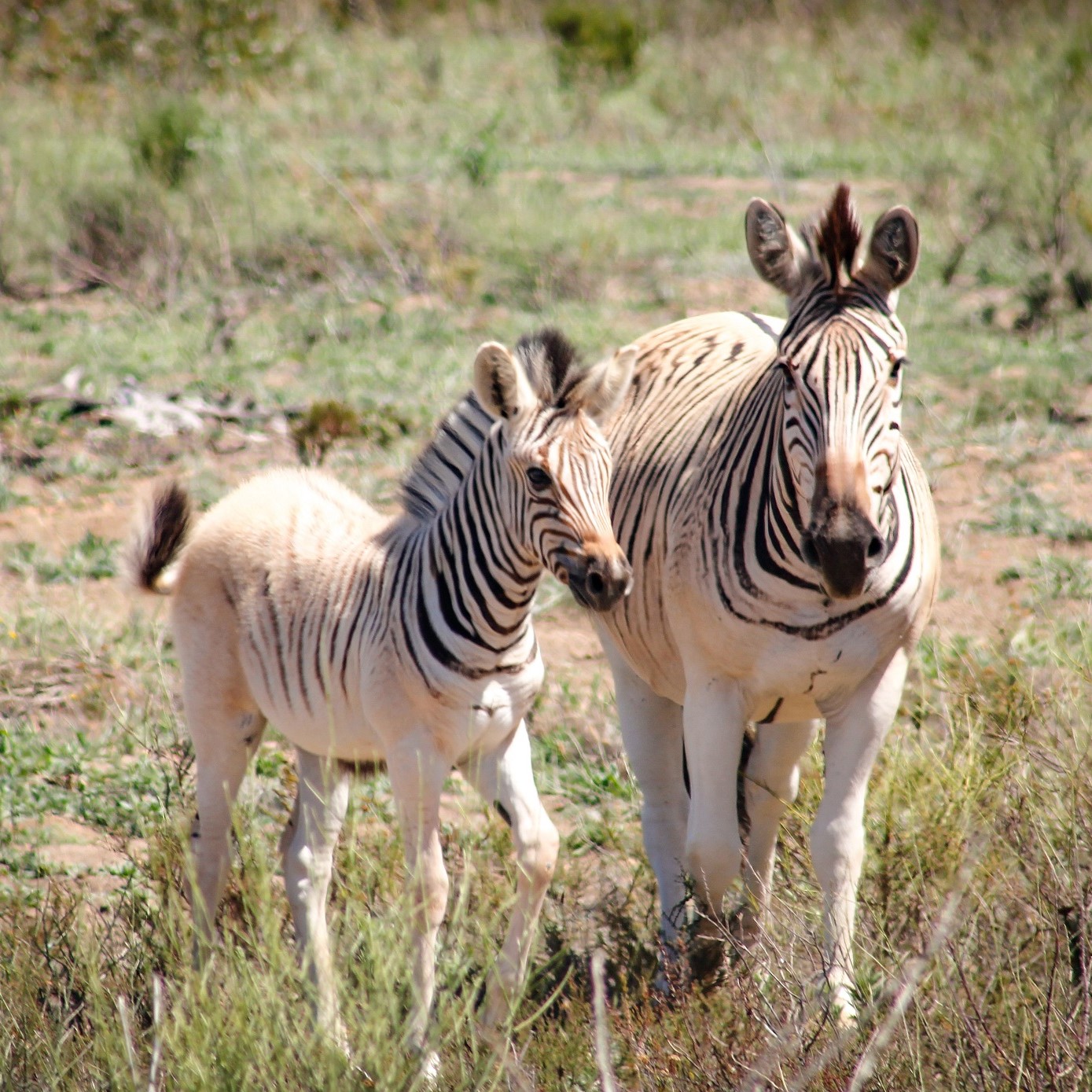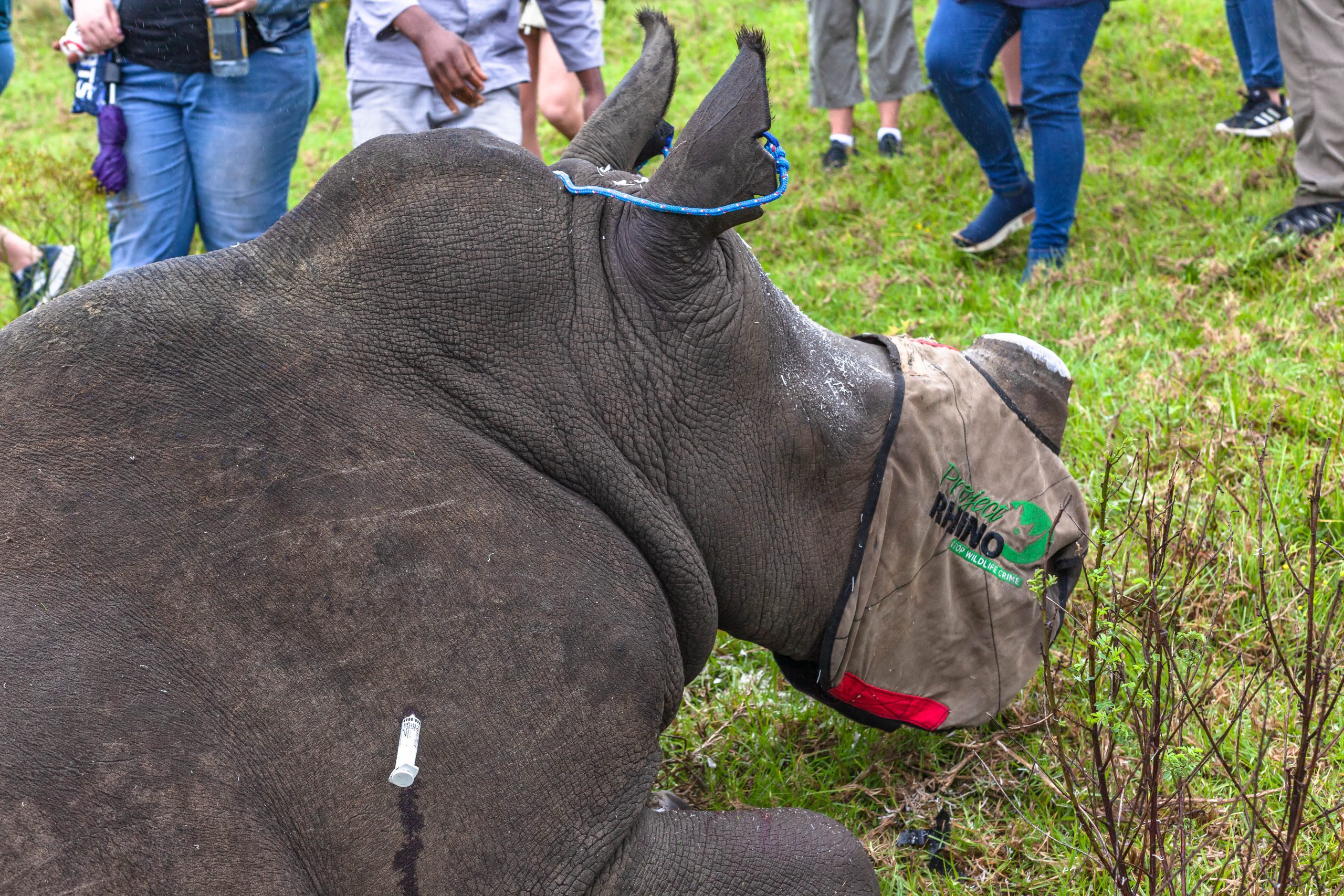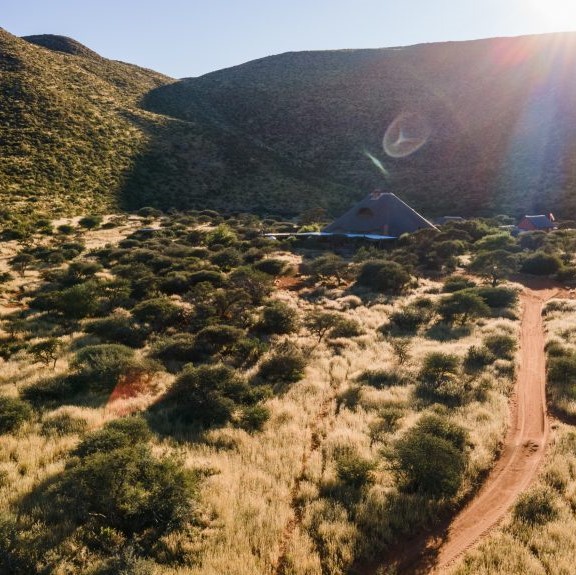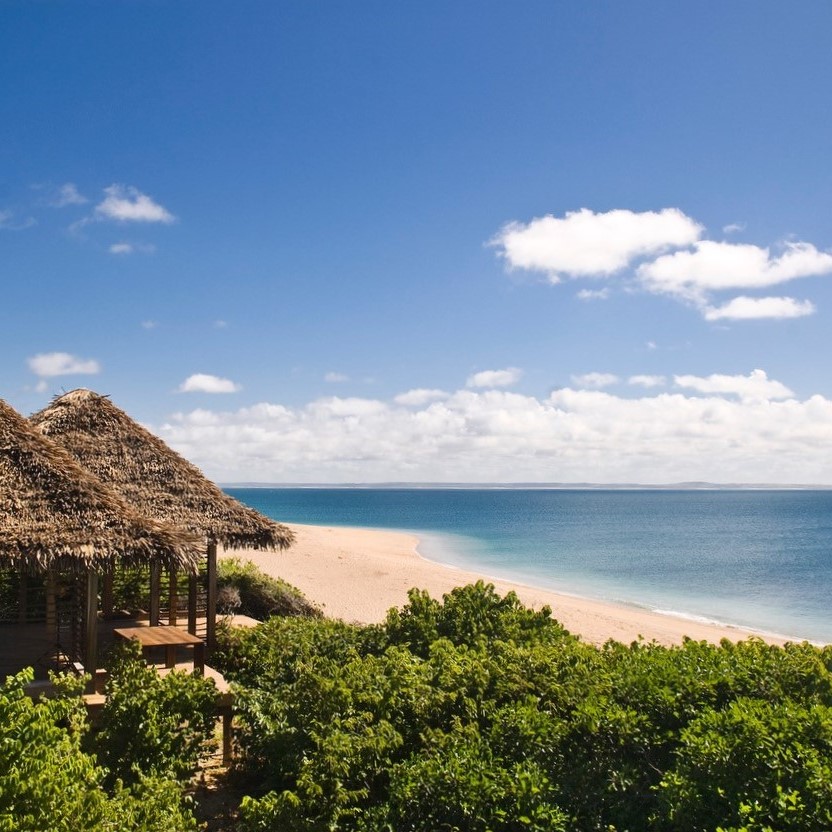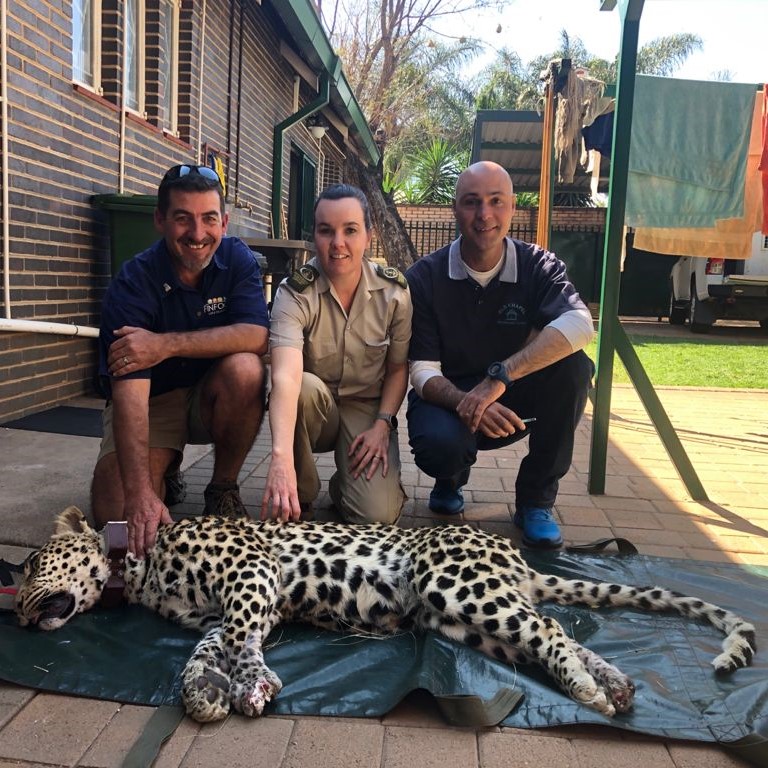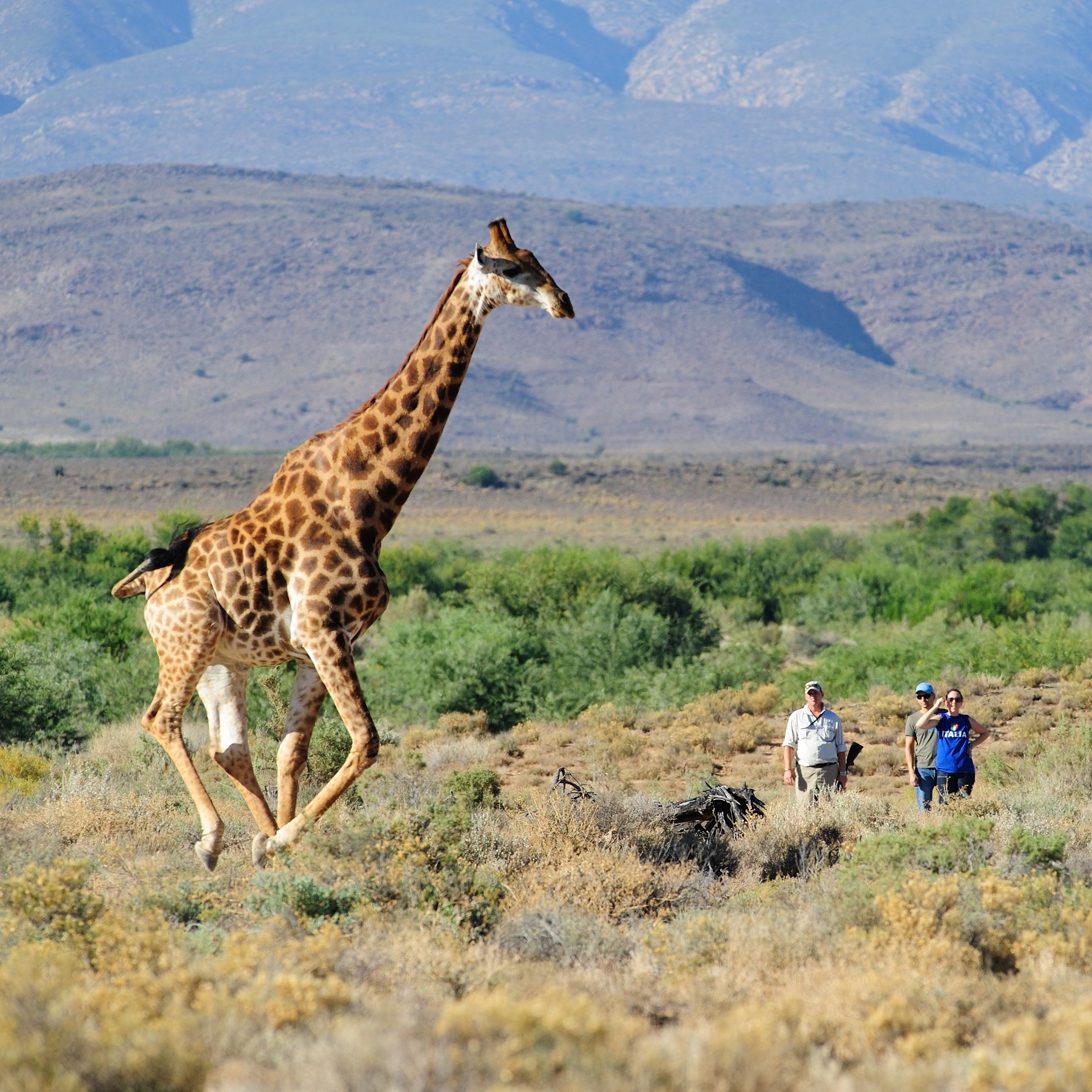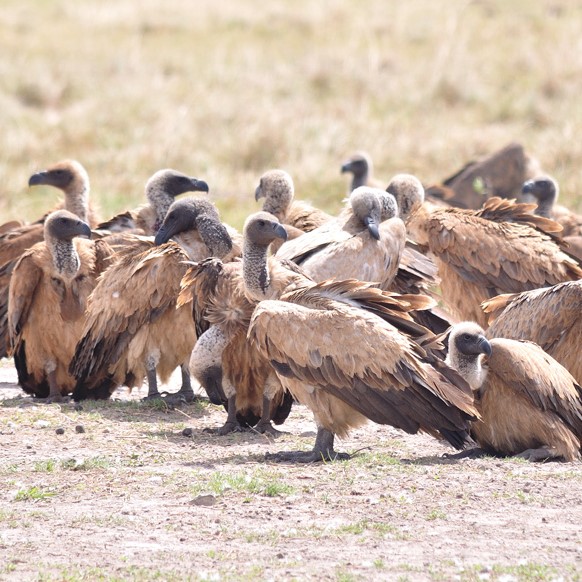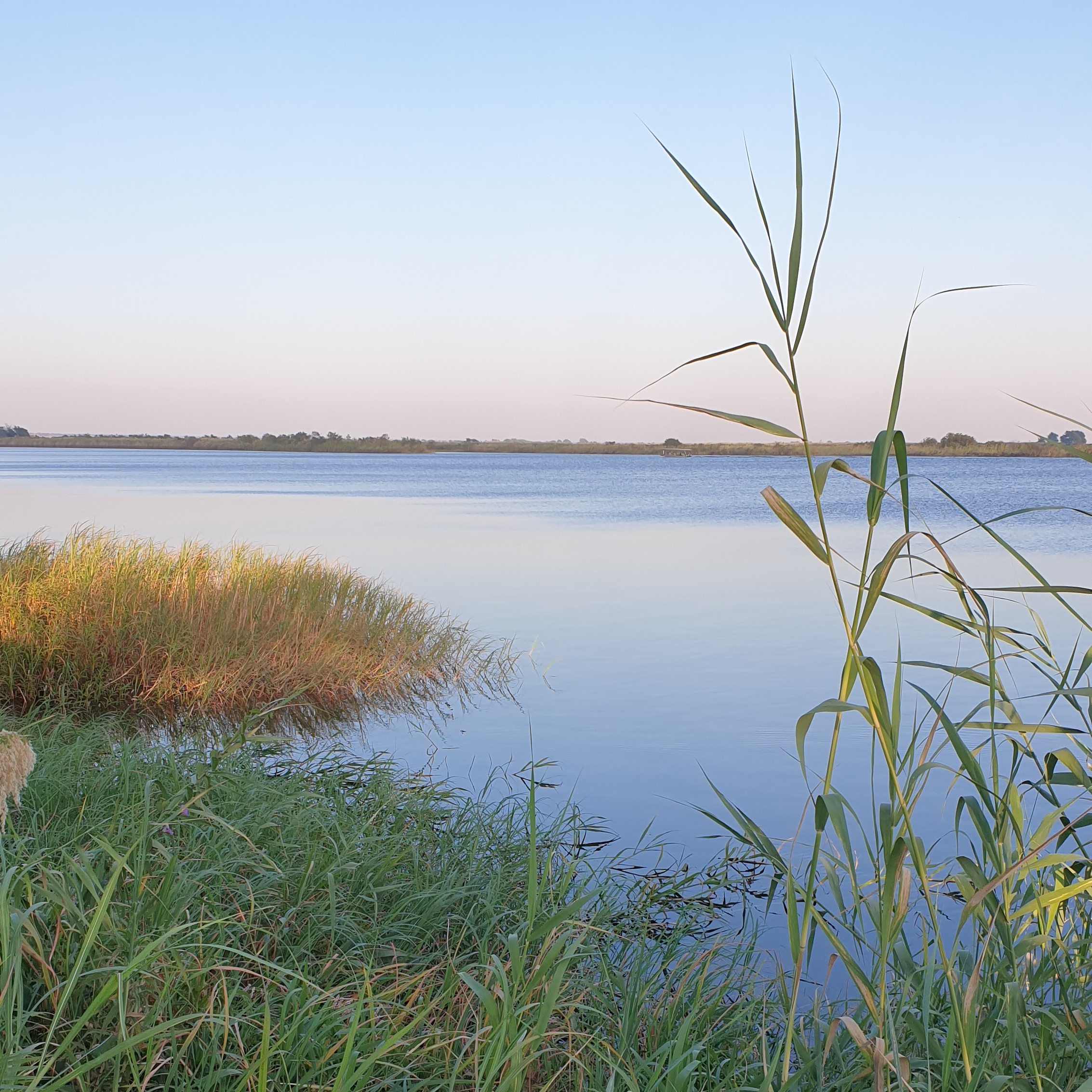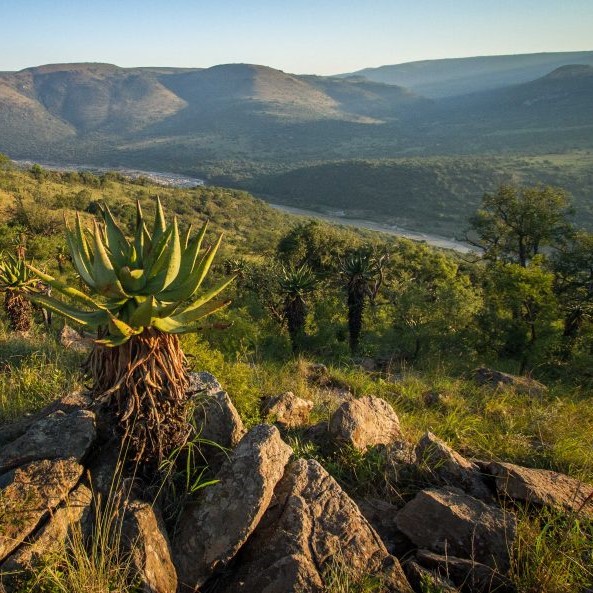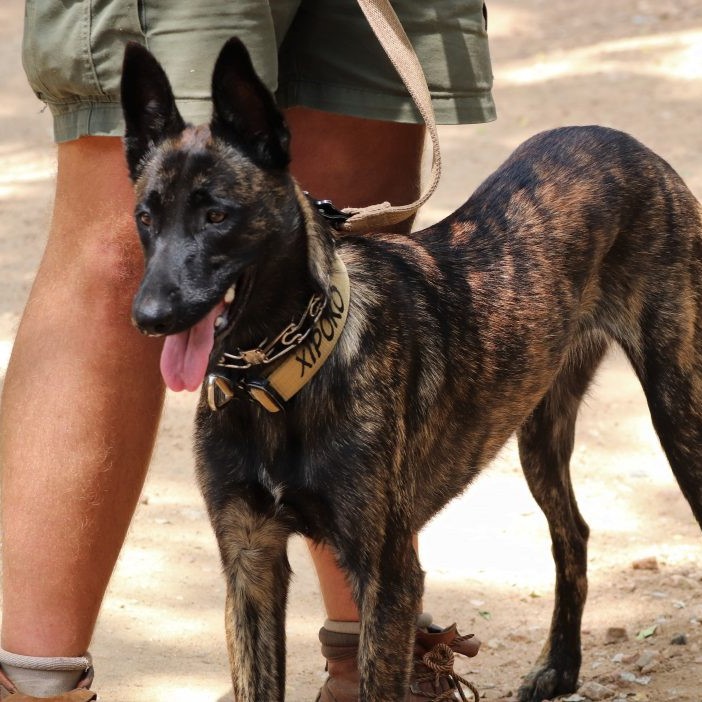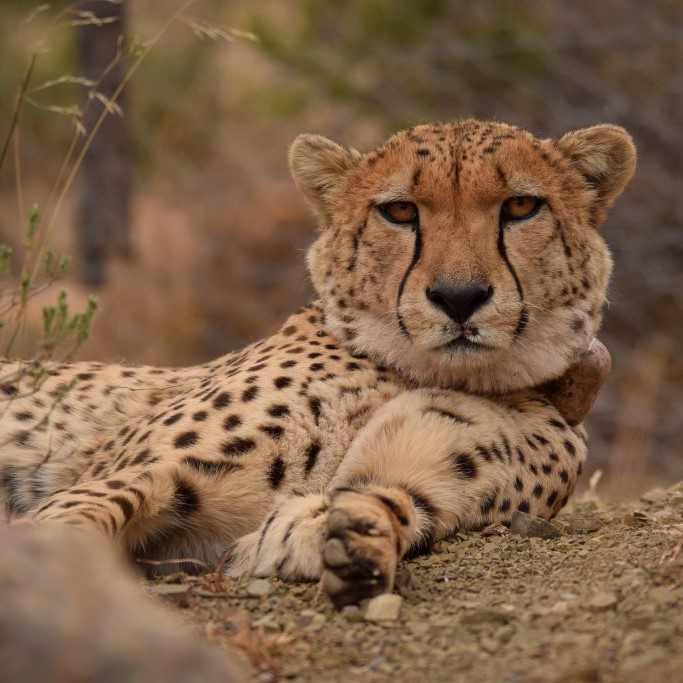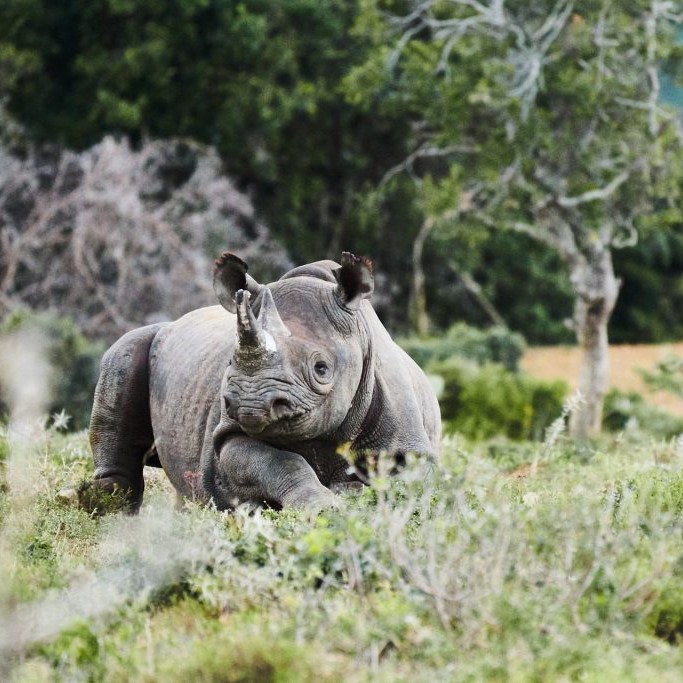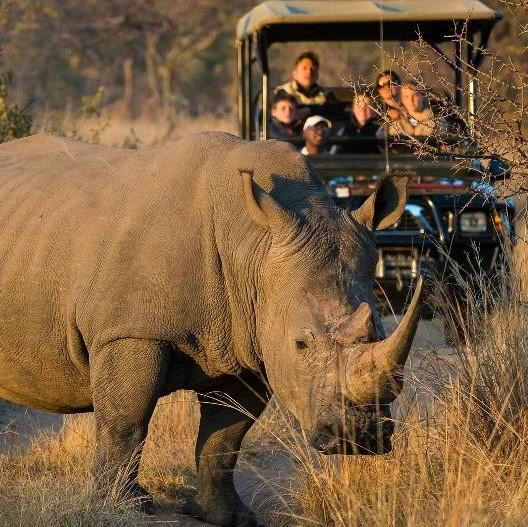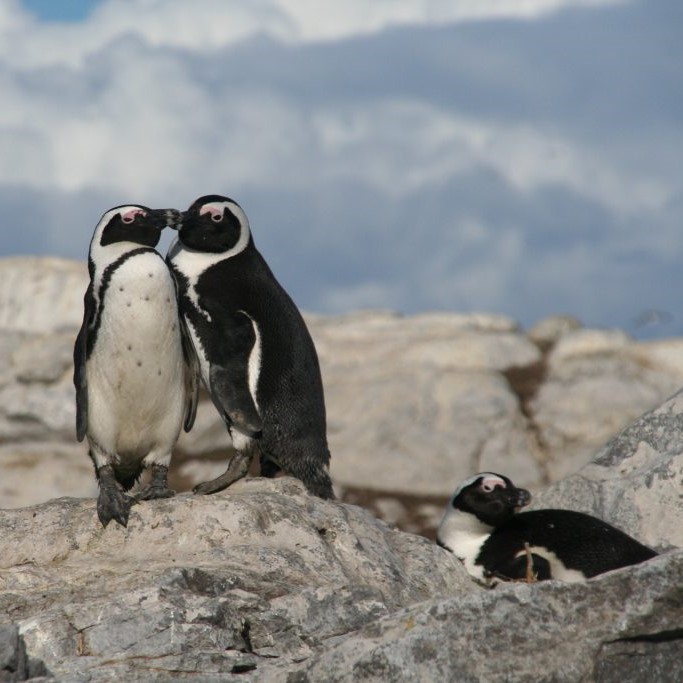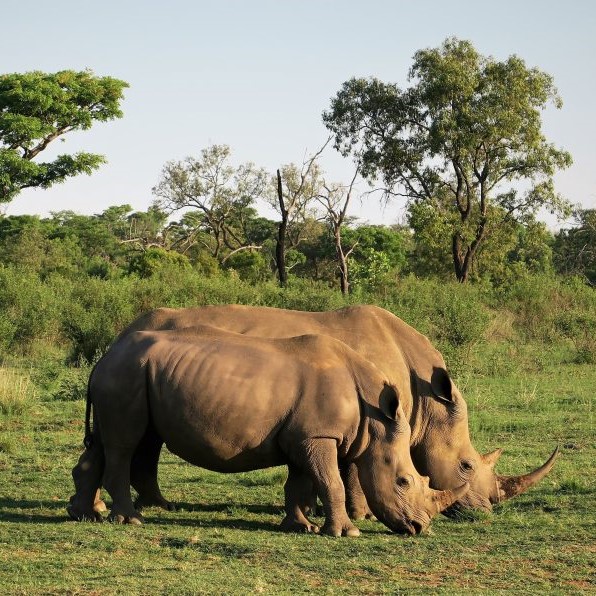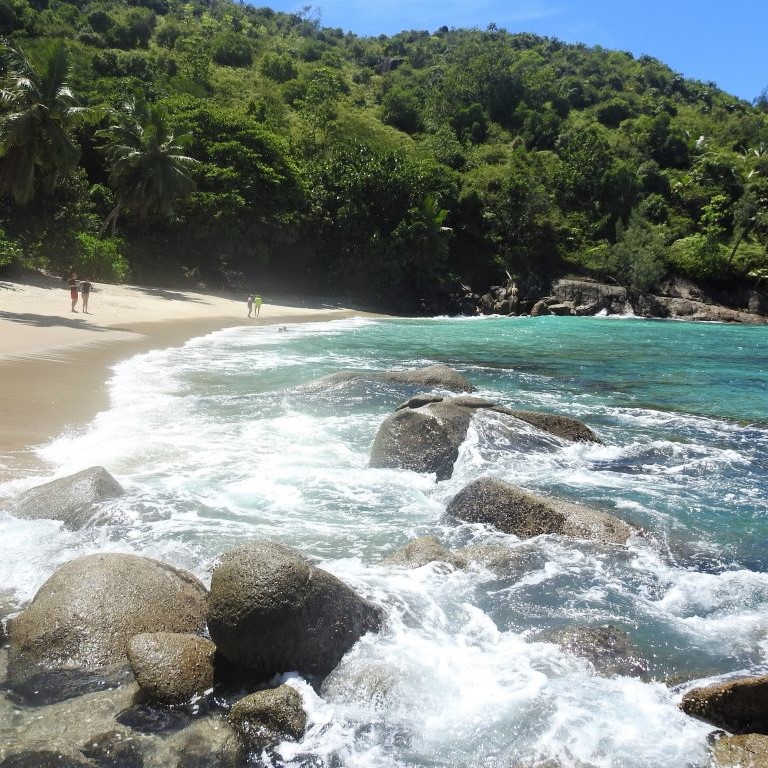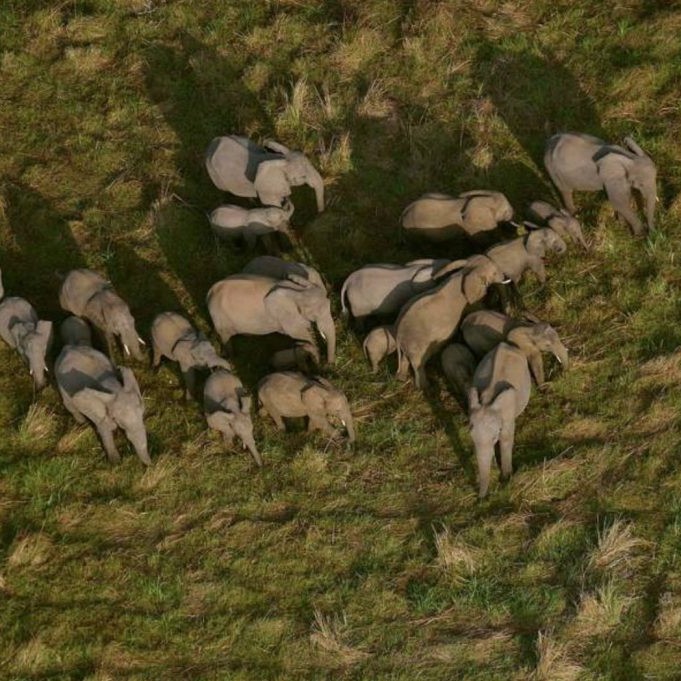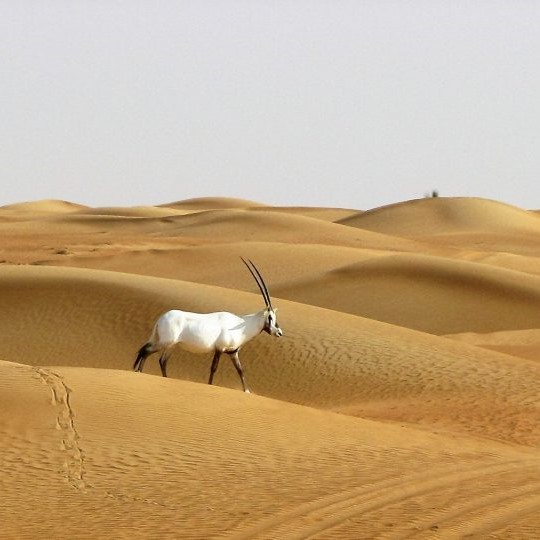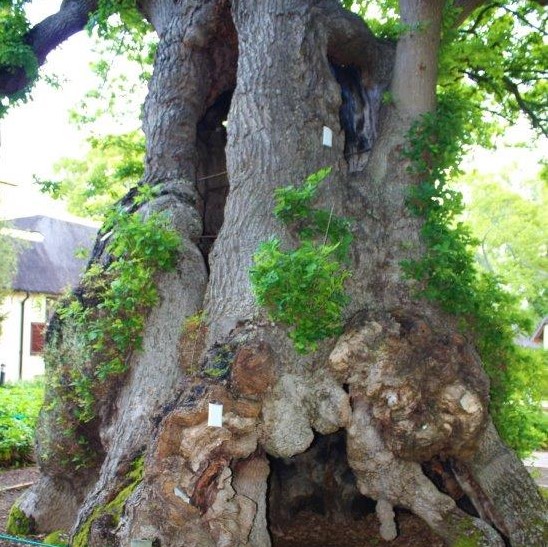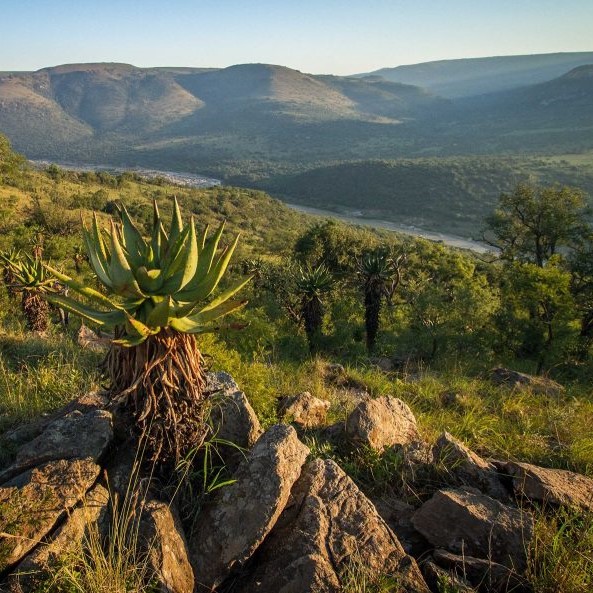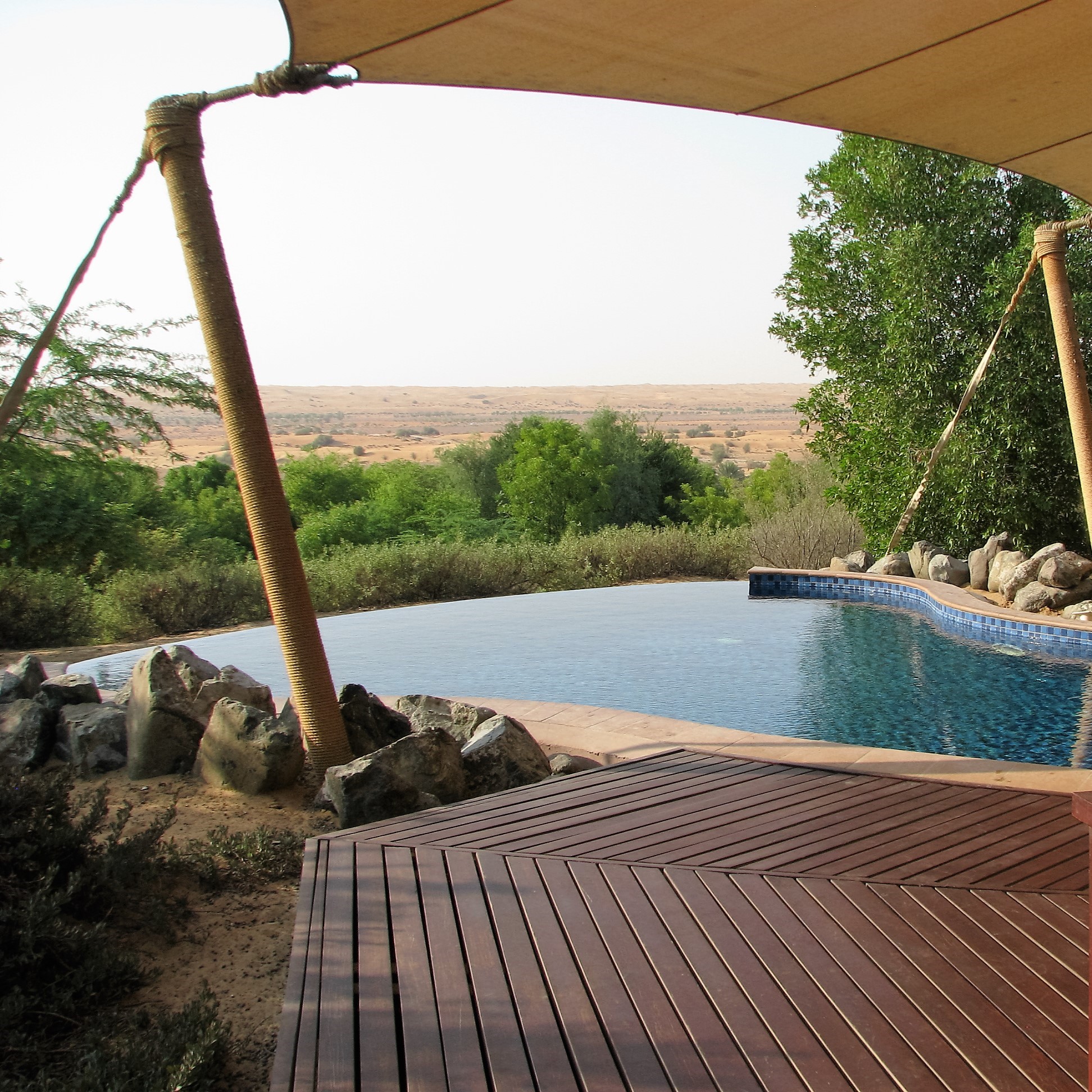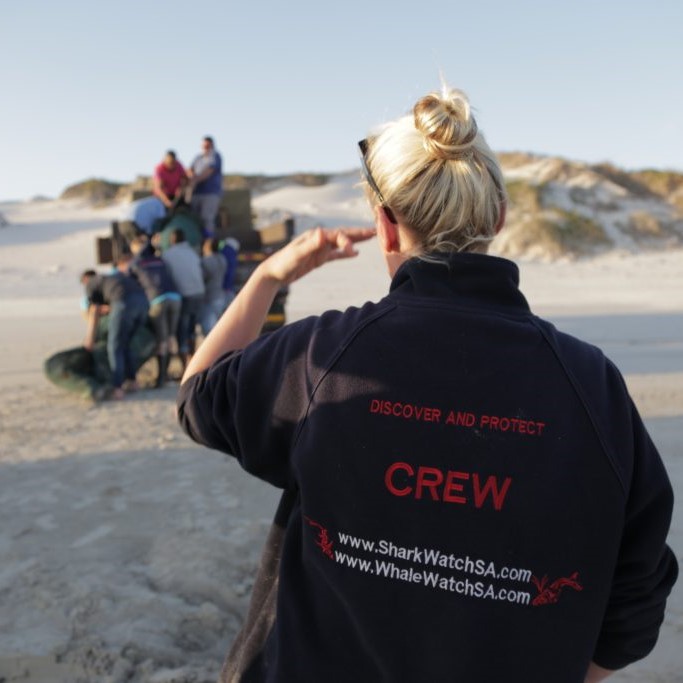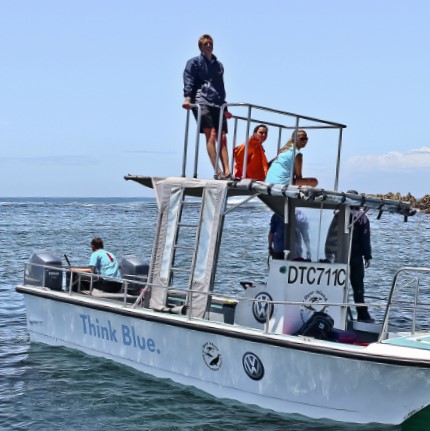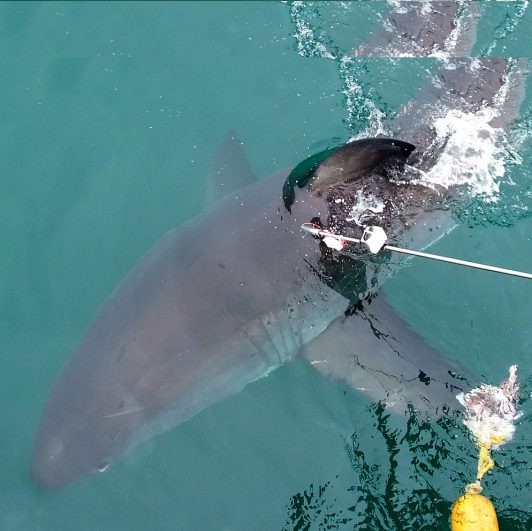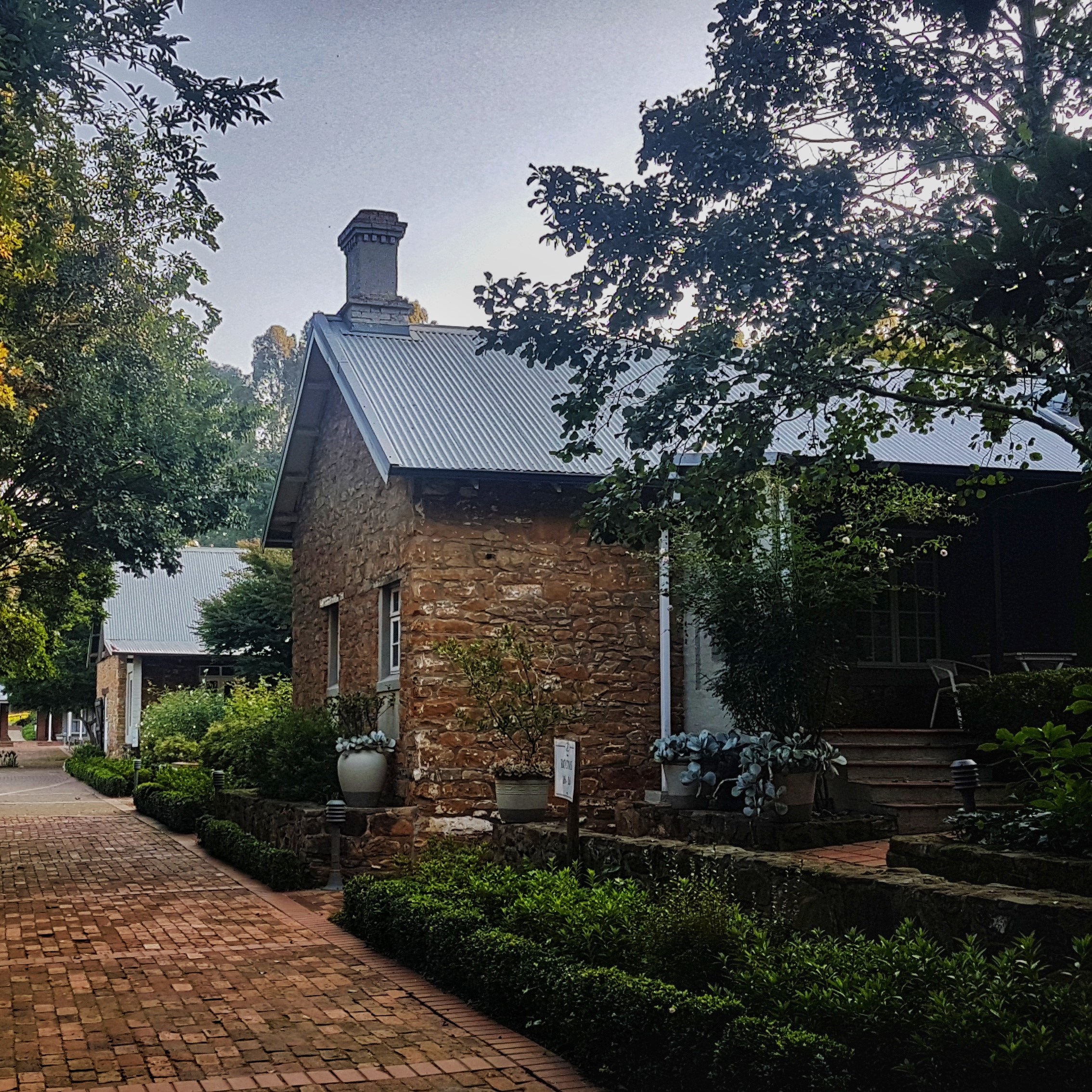From an elevated viewpoint I gaze down upon the rolling hills and grasslands that was once the domain of Zulu warriors and pastoral farmers and home to free-roaming wildlife, such as the iconic black rhino. Then came big game hunters, cattle farming, and agriculture, before finally, in the 1970s, the shift to conservation and wildlife protection began.

The iconic black rhino has endured incredible challenges over the years, especially in the face of relentless poaching and shrinking habitats. Now classified as critically endangered, this magnificent creature is at the heart of increased conservation efforts.
“There haven’t been black rhino on this land for about a hundred years” comments Alwyn Wenzel, Amakhosi Game Reserve reserve manager, “it’s exciting to consider their return.”
The reserve is home to the Big 5, including white rhino, which are well protected by their anti-poaching team and K9 unit. These dedicated teams are very proactive and have built good relationships within the local communities, together they are working to create safe spaces where these black rhino can not only survive but have a chance to thrive.
That there are even black rhino available to relocate is thanks to the incredible work of the Black Rhino Range Expansion Project (BRREP), which was launched by WWF South Africa in 2003 in partnership with Ezemvelo KZN Wildlife and other stakeholders. The idea behind BRREP is to increase the number of secure and suitable habitats for black rhinos, thereby creating healthy populations that can thrive in the long term. In recent years, KZN has seen several successful black rhino relocations under the BRREP initiative – and it is the progeny of some of these that will now be calling Amakhosi home.
Day One started bright and early, but as rhino relocations go, it was a day of hurry up and wait.


The process begins with locating the black rhino – and not just any black rhino, each one is specially chosen, to ensure genetic diversity on the new reserve. Wildlife teams had been monitoring these rhinos for days, so one would think it would be easy. Wrong. Rhino can move several kilometres overnight so it’s easy to ‘lose’ one, and once found, they need to be identified and be visible enough for the wildlife vet to tranquilise them from the air.


From moments of elation that they had found one, to the disappointment that it was the wrong one, to finding the right one, but being unable to take the shot as it took refuge in the thick bush… so the morning continued. Thankfully, the giraffe, zebra and other antelope kept us entertained, as did the coffee and the expansive views of the reserve, chosen in 2005 as the second BRREP release site.

Day Two was cooler, perfect for black rhino relocation, I was told. The trackers were out and the helicopter in the air. The Ezemvelo KZN Wildlife capture team were ready, just waiting for the call. It came sooner than expected and we were off along the dry and dusty reserve roads, which had us all looking like we’d spent too long in the sun – until I took my sunglasses off, and then I looked like a racoon, much to the hilarity of the others on our game viewing vehicle!

Once the ground team was in place, an exercise of incredibly dexterity and skilled flying by the helicopter pilot and precision by the on-board vet, soon the female black rhino was darted, tranquilised, and down.

Swift action by the game capture team had her checked over, bloods drawn and samples taken for DNA analysis. To minimize stress, she was blindfolded and earplugs inserted into her ears, to reduce sensory input and help her to remain calm.


The chainsaw was fired up and in the expert hands of Ezemvelo KZN Wildlife veterinarian Dr Rowan Leeming, the task of dehorning her looked easy, but no less moving.


It saddened me to see this incredibly strong and proud animal lying helpless on the ground being pored over by human hands, her horn now removed. She had been de-horned once before, as has become the practice in most KZN game reserves in an attempt to make rhino less desirable to poachers, but unfortunately the scourge of poaching continues, requiring heightened anti-poaching measures.

The small pieces of horn were retrieved for safe keeping, and the shavings left on the ground to decompose – they are after all, just keratin, and despite myths and traditions, are of absolutely no use to humans. I pick up a piece, it looked and felt like course plastic.


Checked, dehorned, and fully prepped she was ready to be moved into the crate – no easy feat when dealing with about 600kg of sedated rhino!



It was literally an all hands on deck procedure, and with the help of a thick rope, much shoving and a little encouragement from a cattle prodder she was pushed into her exceptionally sturdy crate, which was then loaded onto the truck ready to be transported – the first Amakhosi black rhino was in the ‘box’.


There was (much) more waiting while the second selected black rhino, a male, was searched for. But unfortunately due to time constraints – I’m told that at least 4hrs between each sedation is preferred, and enough hours for a daylight release, the search for the second rhino needed to be called off for the day.

To date, BRREP has successfully established 19 new black rhino populations across South Africa and into Malawi, with over 370,000 hectares secured. Each population not only increases the number of black rhinos across Africa but also improves genetic diversity within the species, which is crucial for their long-term health and adaptability.
“We have moved 276 black rhinos to these project site to date,” says Dr Jacques Flamand, wildlife veterinarian and previous Project Leader of BRREP, “which is significant for a population that remains critically endangered.”
But back to our female rhino…
After a slightly impatient wait, her journey to Amakhosi Game Reserve finally began, with the release team leading the way. This, unfortunately was the point where we left her, making our way back to Durban. But thankfully Alwyn and the excited guiding team at Amakhosi kept the updates coming.
On arrival at the chosen release site she was once again sedated so that a tracking device could be attached.

Wildlife ACT plays a critical role in the Black Rhino Range Expansion Project (BRREP) by assisting with on-the-ground monitoring and anti-poaching support for newly relocated black rhinos. Megan Hudson, the Wildlife ACT operations manager for Hluhluwe-Imfolozi Park, was tasked with the capping of the rhino – it’s a cap custom-fitted to fit the shape of the rhino’s rear horn that contains a small telemetry unit used for tracking. The rear horn is used because it has slower growth and is less likely to be damaged when the rhino rubs its horn on trees and other surfaces.


The telemetry device sends out VHF signals that allow conservation teams to track the rhino’s real-time location. This helps the wildlife monitors as well as the anti-poaching team to monitor the animal’s safety and movement without disturbing its natural behaviour.
Tracking device fitted, it was now time to leave the rhino in peace to slowly awake from her sedation and explore her new surroundings without the stress of people and vehicles.


“Every time we create a new population, we strengthen their ability to fight off extinction, so seeing a rhino waking up for the first time in its new home is a powerful symbol of hope,” says Jeff Cooke, BRREP Project Leader, watching from a distance.
The following morning’s update from Amakhosi wildlife monitor Kyle-Michael Laubscher was exceptionally encouraging… “we went looking for her this morning and she’s moved 3km from the release site, looks like everything is going well and that she’s settling in nicely. Most importantly she doesn’t seem to be interested in the fences which means she’s found an area that she feels safe in.”
Over the next several days the rhino relocation to Amakhosi Game Reserve would continue, two bulls from the first private reserve to receive black rhino as part of BRREP when 15 rhino were introduced to the reserve in 2004. And another cow from another BRREP site.
Alwyn has the broad smile of a proud new dad. “Seeing black rhino on Amakhosi makes my heart sing,” he says, “they’re iconic, and to see one in the wild is an absolute privilege.”

Read about previous safari experiences at Amakhosi Safari Lodge – a birding experience, cheetah conservation, and frogging safari… and more.
